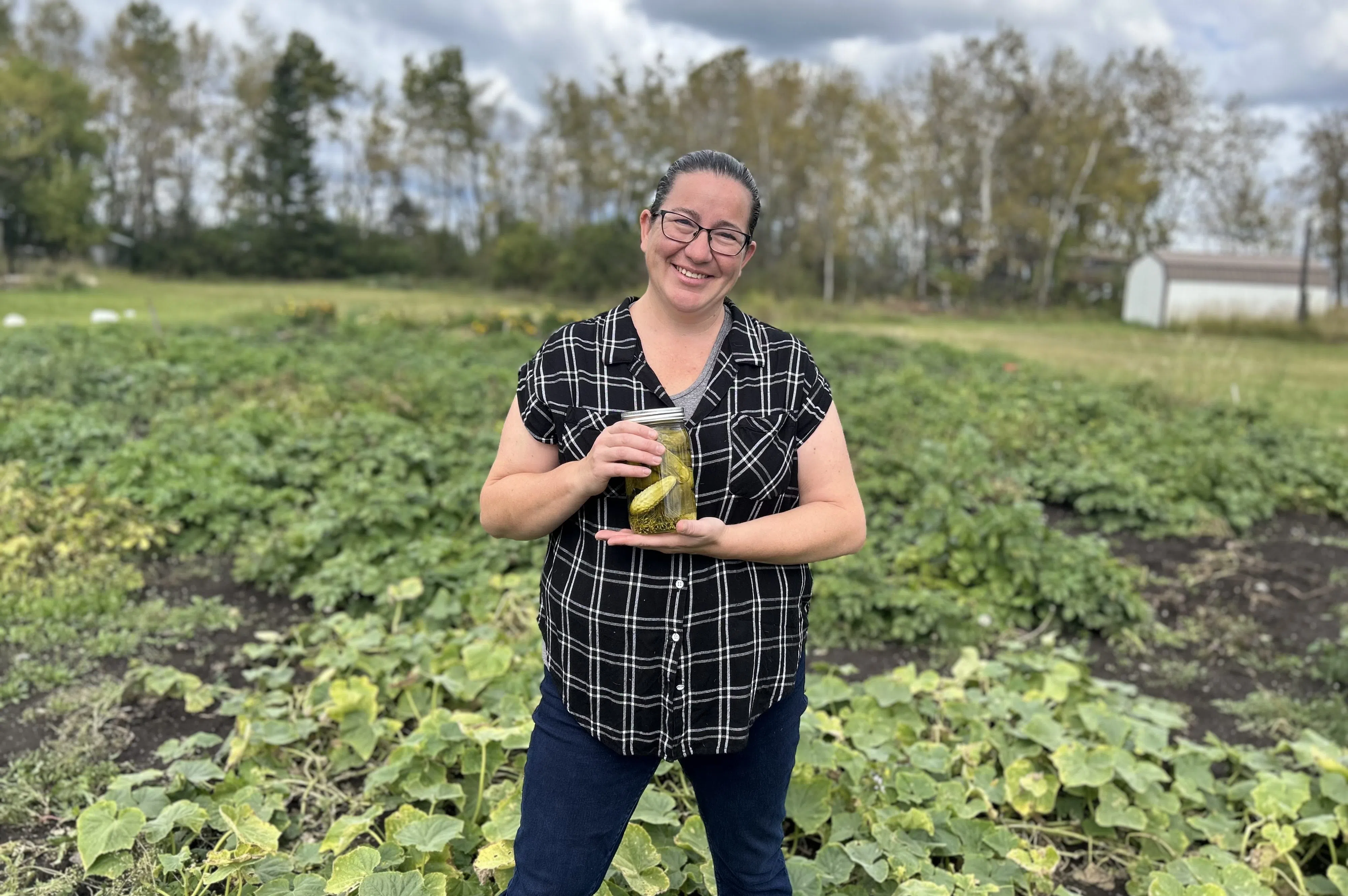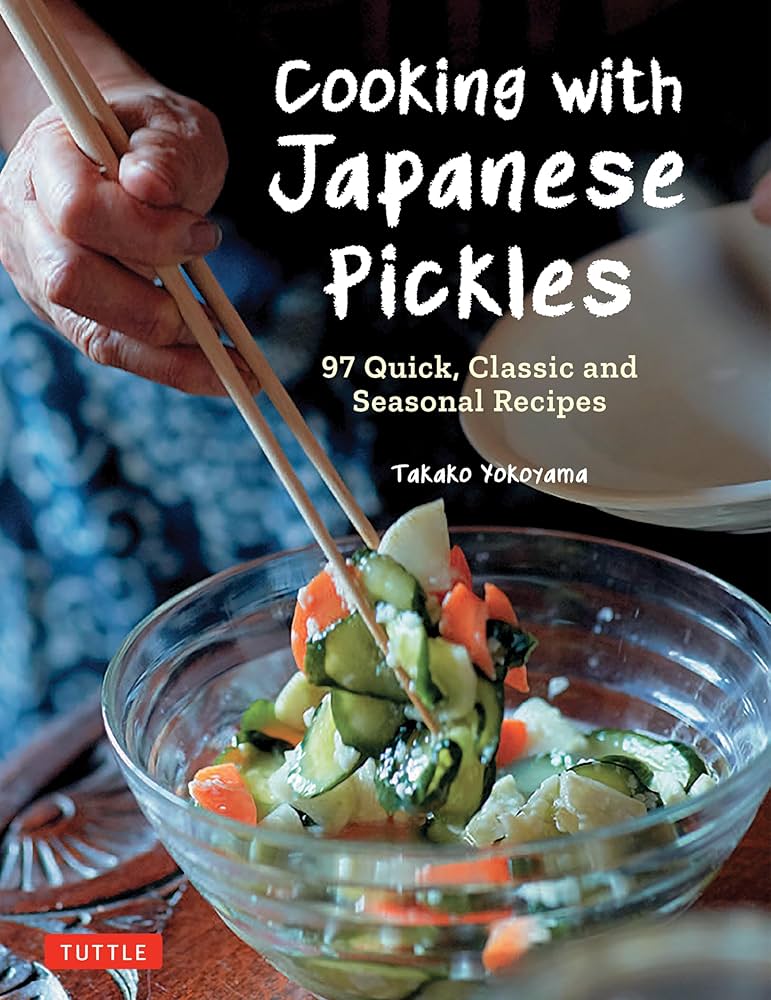Preserving Traditions: Keeping the Past Alive Through Pickling
As the crisp chill of autumn sets in, gardeners across the country are knee-deep in their final harvests. This is particularly true for those like Anita Smith, who embody the spirit of seasonal preservation. Standing in her extensive garden in Timberland, Saskatchewan, Anita meticulously gathers the last of her cucumbers, all while reflecting on the roots of her canning passion.
“I guess I began really when I started washing jars for my mom when I was a little girl,” she shares, recalling her childhood reluctance towards household chores. Now, she finds joy in the very task she once dreaded, saying, “I would tell her, ‘Ugh, I’m never gonna do this when I’m older.’ Now I wash more jars than my mom ever made me do—by choice!”
Each fall, Anita transforms hundreds of pounds of garden produce into jars of deliciousness, practicing methods that span generations. Her garden isn’t just a source of food; it’s a treasure trove of family heirlooms passed down through the years.
The Art of Traditional Canning
Anita’s canning day is a labor of love. “I do green beans and carrots and corn the old-fashioned way, with glass lids and rubber rings in a water bath on top of the stove,” she proudly states, noting that the traditional methods are becoming increasingly rare. Despite the changes in culinary technology, she remains dedicated to preserving the ways of her ancestors.
Her canning portfolio is impressively diverse, ranging from jams and jellies to mustards and even fish. However, her heart belongs to her grandmother’s dill pickles. Despite the obsolescence of such recipes, Anita has embraced the challenge of keeping these traditions alive.

The joy of canning varies from generation to generation, yet the true flavor of tradition remains constant.
A Recipe Passed Down
Anita fondly recalls the family history linked to her cherished dill pickle recipe: “My grandma only used larger cucumbers to make dill pickles, but my mom included smaller ones as well.” The strategic inclusion of baby dills brought about sibling rivalries over who would get to enjoy them, turning every jar into a spirited contest.
“My mom didn’t have a pickle recipe, so my dad took her to see his mom to get her recipe,” she recounts with a chuckle. Her story is one of love, laughter, and perhaps a bit of linguistic fumbling, as her grandmother spoke only French and her father had to translate the recipe into English.
This disparity, while amusing, highlights the effort that families put into preserving recipes—an endeavor that is disappearing in an age dominated by convenience. Each jar holds tales of family dinners, summer gatherings, and special occasions that Anita intends to pass on to her children.
The Next Generation of Canners
Though Anita’s daughters haven’t yet participated in the great “baby pickle wars,” they are gradually being taught the intricacies of canning. “I’ve already taught my daughters how to can, so I know that this recipe will be passed on not only to my daughters but maybe their children,” Anita hopes.
She emphasizes the significance of these practices: “I read this one thing that said it only takes two generations to lose family traditions. Once you skip a generation, it’s very easy for the next generation to skip it too. Before you know it, it’s lost. And then it’s hard to pick back up because the recipes are gone, the knowledge is gone—everything just disappears.”
Anita’s conviction showcases the importance of maintaining cultural touchstones, and through her efforts, she combats the fading of these traditions.

The vibrant colors and flavors of homemade preserves are a feast for both the eyes and the palate.
Why Canning Matters
Despite its laborious nature, canning provides more than just food. It imbues a sense of purpose that modern cooking often lacks. “For me, the only part of this family tradition that should disappear is the last baby pickle,” she declares, drawing a connection between food and family bonds that can only be nurtured through shared experiences.
As we reflect on the significance of canning in our lives, it’s clear that these age-old practices offer a conduit through which we can stay connected to our heritage. Preserving the idea of homemade goods extends beyond the kitchen; it symbolizes a commitment to family, resilience, and the vibrant history that flavors our lives.
As people venture into the world of pickling and preserving, those small acts can lead to a ripple effect—what begins as a single jar of pickles can forge familial connections and keep traditions alive in a world that often seems too fast-paced to appreciate them.
For those looking to embark on their canning journey this fall, here’s a recipe to start with! Try out Grandma Bruneau’s dill pickles and carry on the delicious legacy.
Grandma’s Bruneau’s Dill Pickles Recipe
Coming soon to a canning workshop near you!
Anita believes that each jar she seals helps maintain her family’s legacy, one delectable pickle at a time. The essence of canning lives on through her family, ready to inspire new generations to embrace the art of preserving.
Recognizing the lost recipes and traditions in many households, Anita Smith stands as proof that with a little determination, anyone can embark on the rewarding journey of pickling and preserving.


 Photo by
Photo by 












